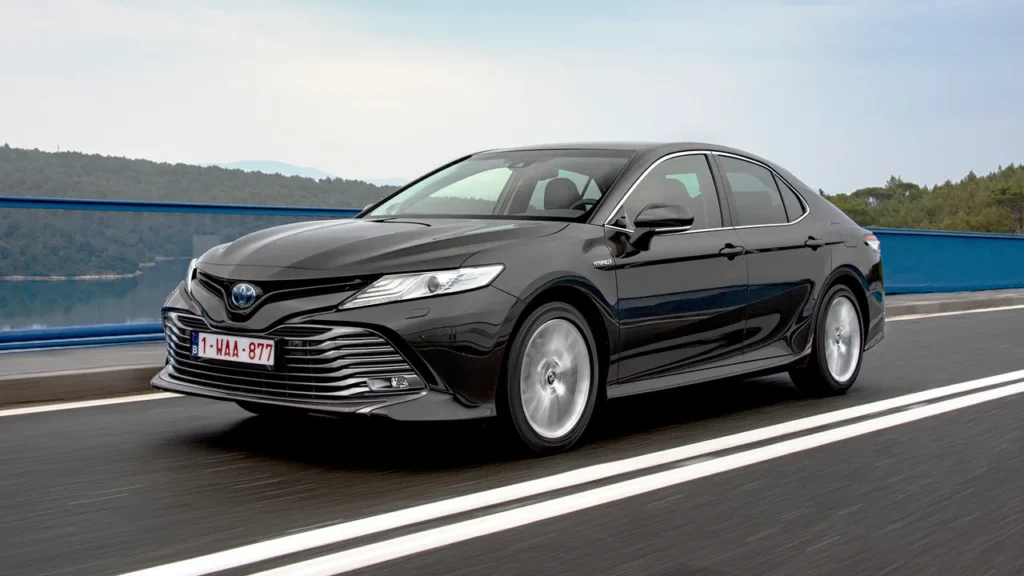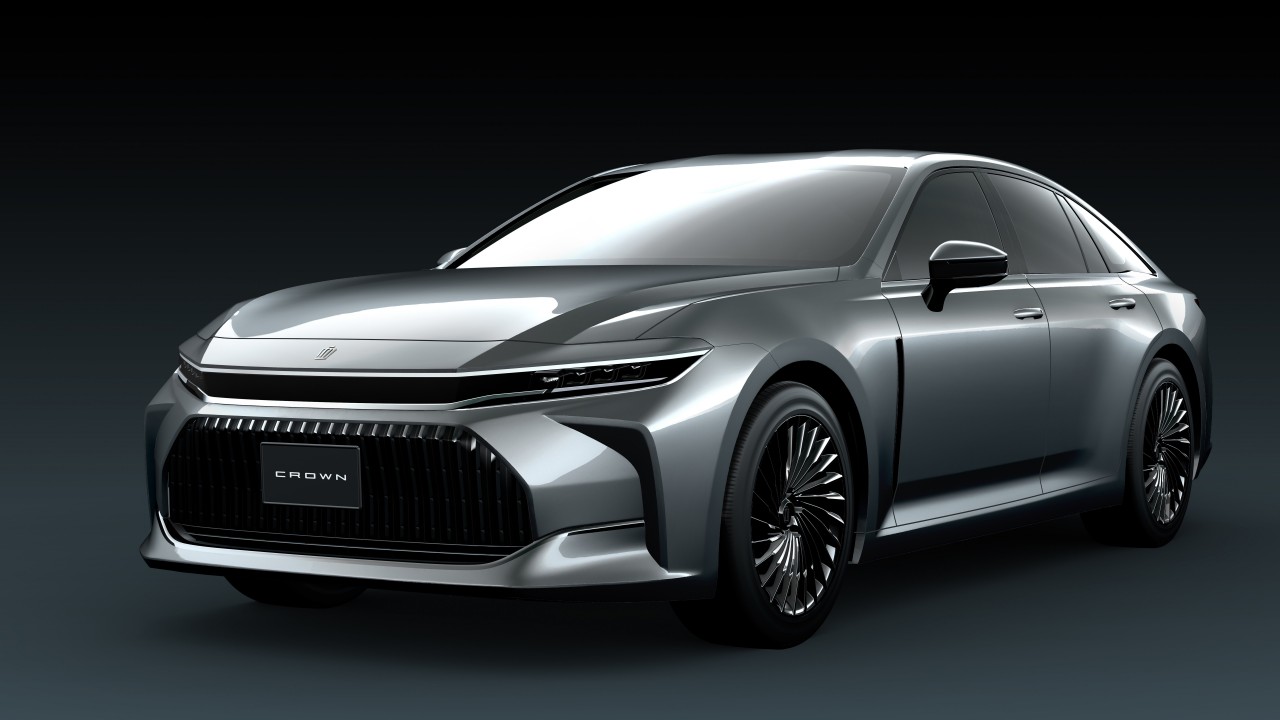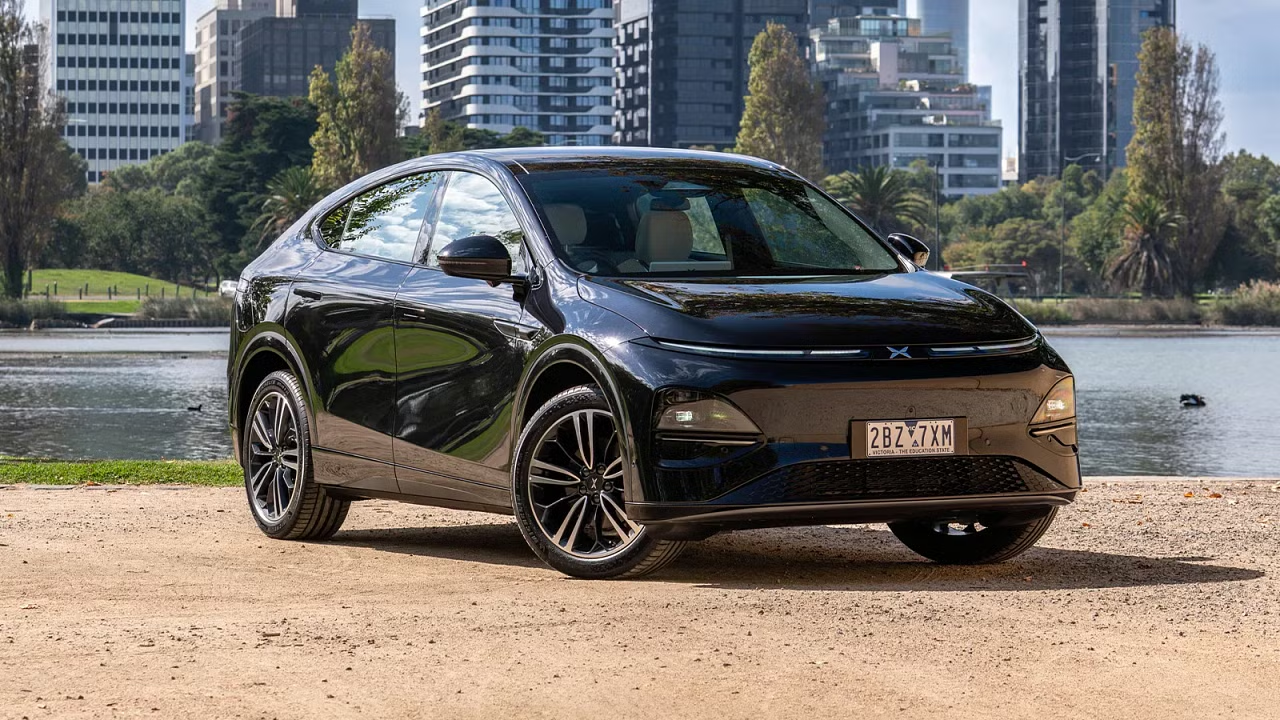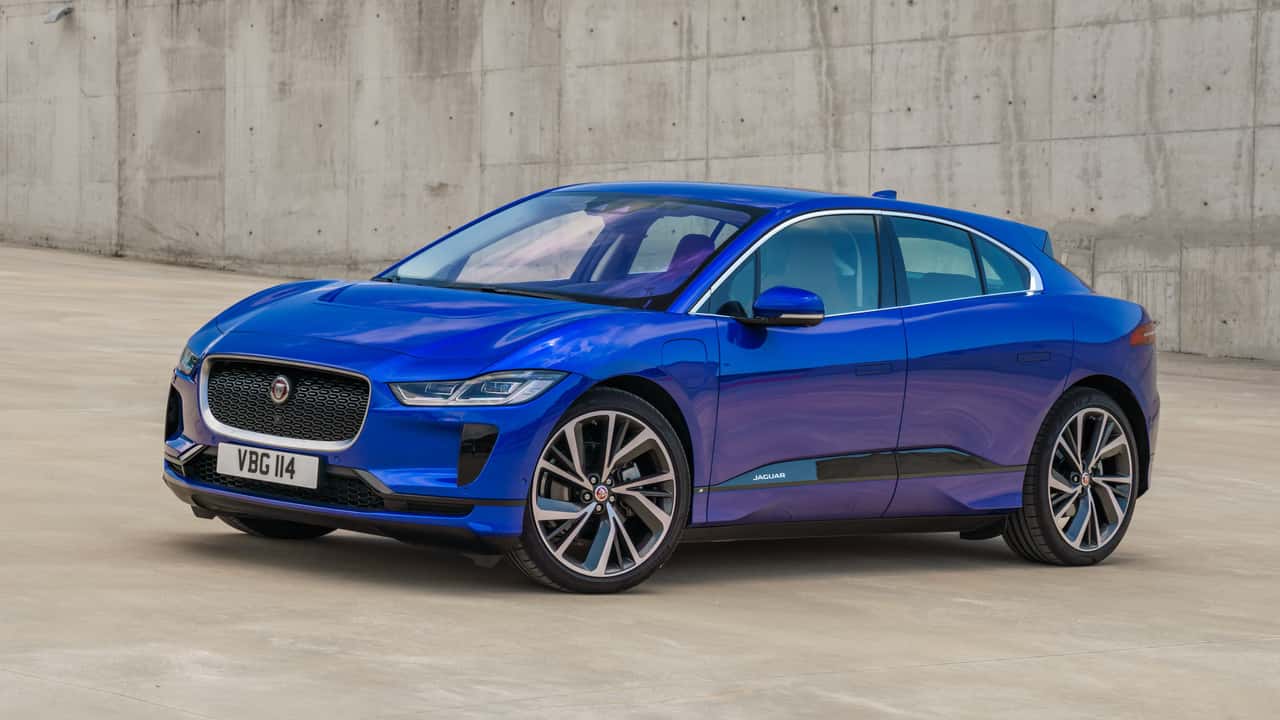In 2025, car buyers in India are likely to face a price hike on various Toyota models, marking the automaker’s decision to increase prices due to rising costs. This price adjustment comes at a time when automakers around the world are grappling with factors such as inflation, fluctuating raw material costs, and the need to meet stricter environmental standards. Here’s what buyers can expect from Toyota’s price increase this year.
Rising Costs Impacting Toyota’s Pricing
Like many other global car manufacturers, Toyota has been forced to adjust its pricing structure in response to multiple external pressures. Over the last year, prices of raw materials such as steel, aluminum, and plastics have surged, forcing manufacturers to bear the brunt of the price escalation. While automakers often absorb these costs, the cumulative impact of inflation and the global supply chain challenges has led to a price increase for car models in India.
Additionally, Toyota’s need to invest in new technology to meet India’s evolving automotive standards, particularly with regard to fuel efficiency and emissions, has also contributed to the higher price point of its vehicles. With India’s strict push towards electric vehicles (EVs) and hybrid technologies, Toyota is aiming to stay ahead of the curve by incorporating eco-friendly technology into its models, which, in turn, has resulted in higher production costs.
What Models Will Be Affected?
Toyota’s price hike is expected to affect a wide range of models. The popular Toyota Innova Crysta, known for its spacious design and powerful performance, will likely see a rise in its price tag. The Fortuner, one of the most iconic SUVs in India, is also expected to become costlier. Known for its rugged design and off-road capabilities, the Fortuner continues to remain a favorite among Indian buyers, especially in the SUV segment. The price increase might lead to a shift in the buying patterns of customers, especially those looking for budget-friendly yet feature-rich options.
The Toyota Glanza, which is a premium hatchback that competes in the compact segment, is also likely to witness a price increase. With rising costs of components and the introduction of more advanced features like updated infotainment systems, safety features, and enhanced fuel efficiency, Toyota aims to ensure that the Glanza remains competitive in the market despite the price hike.
For customers looking at the Toyota Urban Cruiser, a compact SUV, the price increase is also anticipated. This SUV, with its practical features and stylish design, has gained popularity among younger buyers in India, making it a key model for Toyota in the Indian market.

Why the Price Increase Is Unavoidable
The price increase is not just a result of inflation but also a reflection of global and local market conditions. The Indian automotive market, while growing rapidly, has been facing challenges such as an increase in fuel prices, regulatory changes, and the need to invest in sustainable vehicle technologies. Automakers are increasingly focusing on hybrid and electric vehicles (EVs) to meet India’s future mobility goals.
For Toyota, keeping up with this evolving market requires continuous investment in innovation and upgrading its vehicles to align with regulatory frameworks. As the cost of sourcing advanced components, such as electric powertrains and next-gen safety features, rises, automakers must pass on some of these costs to the consumers to maintain profitability.
Moreover, the shift to more sustainable and fuel-efficient cars involves significant investment in R&D. Toyota, being a pioneer in hybrid technology, is expected to introduce newer versions of hybrid and electric cars in India, which could be priced higher than their conventional counterparts. This would undoubtedly affect the overall pricing structure of the brand’s vehicles.
What Buyers Can Expect
While the price increase may be a concern for potential buyers, it also indicates a commitment from Toyota to offer better technology, safety, and performance. For those planning to buy a Toyota vehicle this year, it might be wise to consider purchasing before the price hike takes effect. Customers can also explore Toyota’s finance and trade-in options, which might provide more flexibility in the purchase process.
Another important aspect is Toyota’s continued efforts to enhance the customer experience. The brand is known for its reliability and after-sales service, which are significant value propositions for Indian car buyers. Even with the price increase, Toyota’s reputation for offering durable and feature-packed cars ensures that the vehicles remain a popular choice for many.
Conclusion
Toyota’s decision to increase prices for its vehicles in India this year reflects the broader challenges faced by the automotive industry. While the price rise is inevitable, it is also an opportunity for the brand to continue offering high-quality vehicles with cutting-edge features. For Indian car buyers, staying informed and considering purchase options early may help mitigate the impact of the price increase, ensuring they still get the best value for their investment. As Toyota navigates these rising costs, its focus on technology and innovation remains a key driving factor in the company’s strategy to maintain its stronghold in the Indian market.






